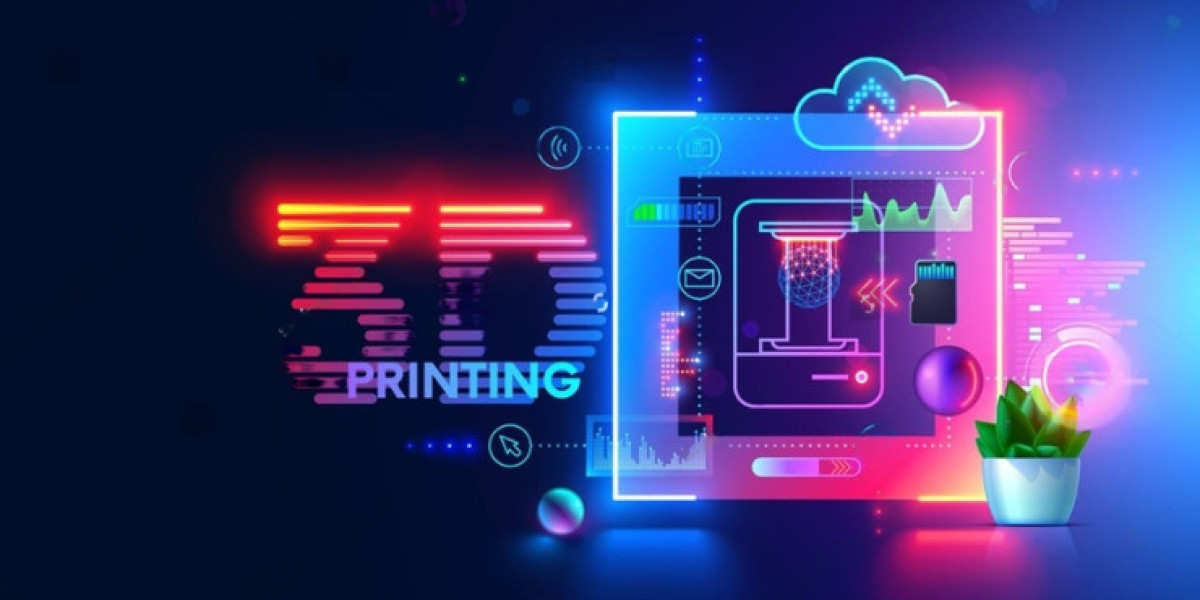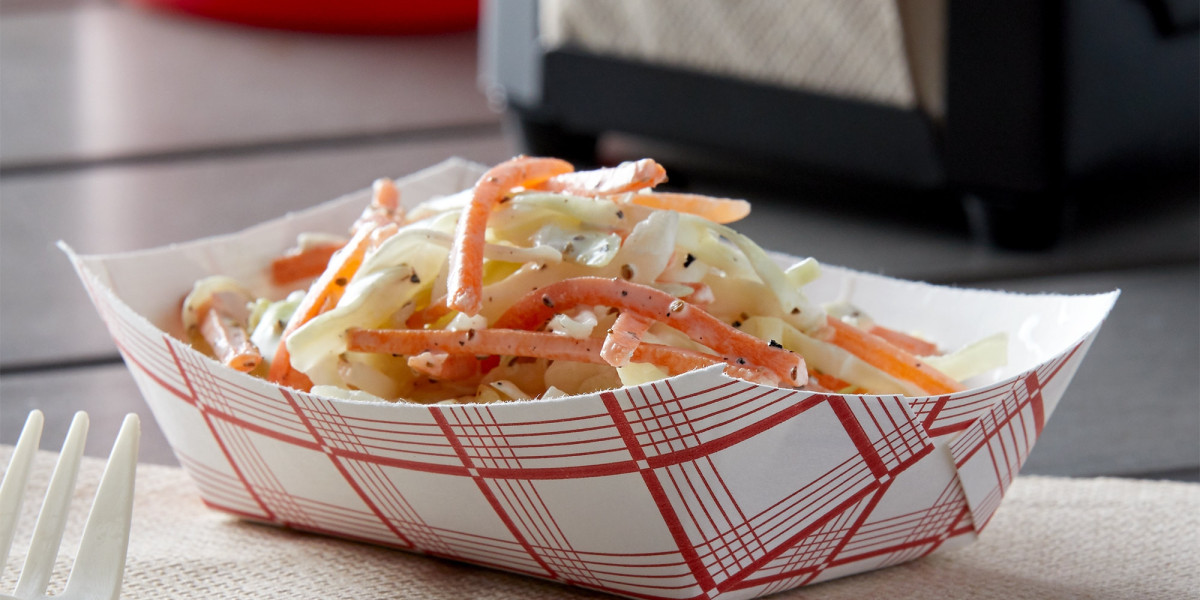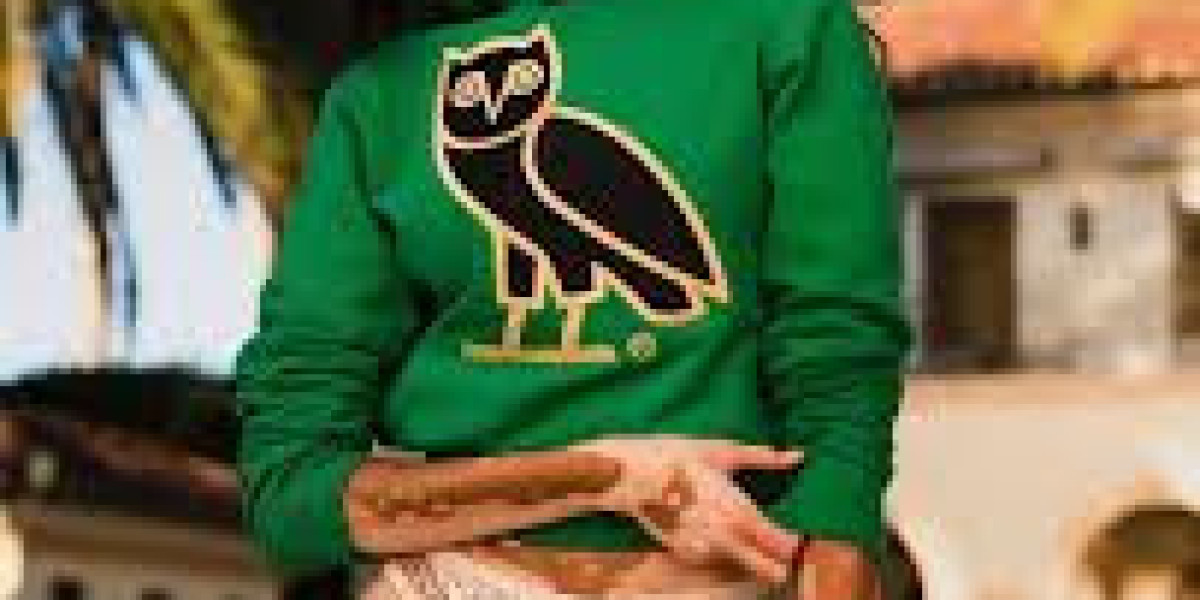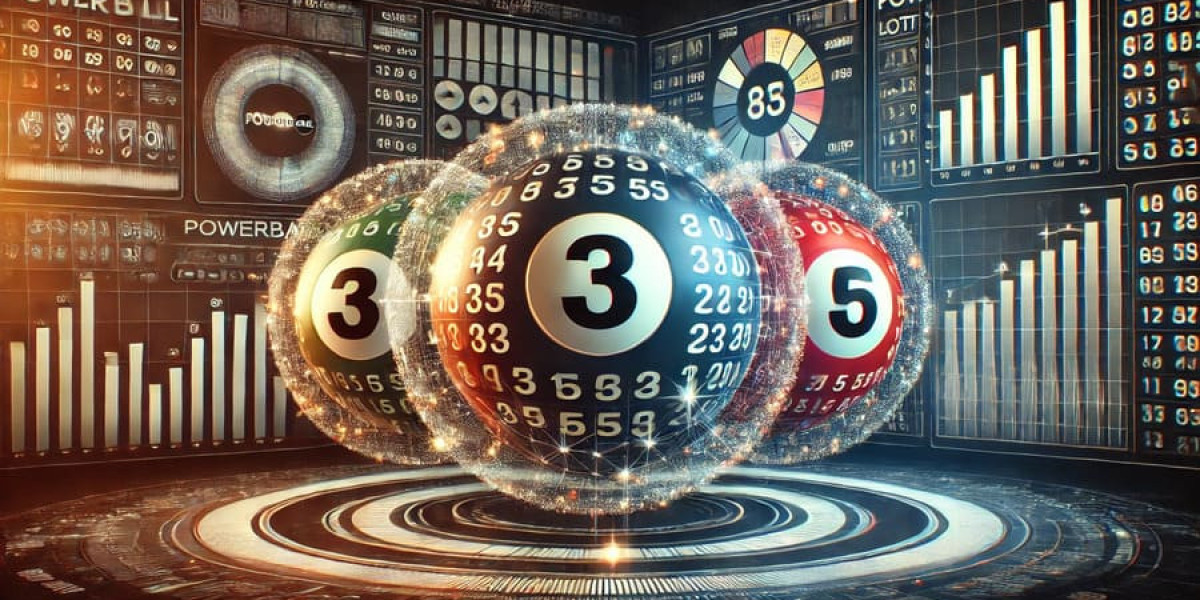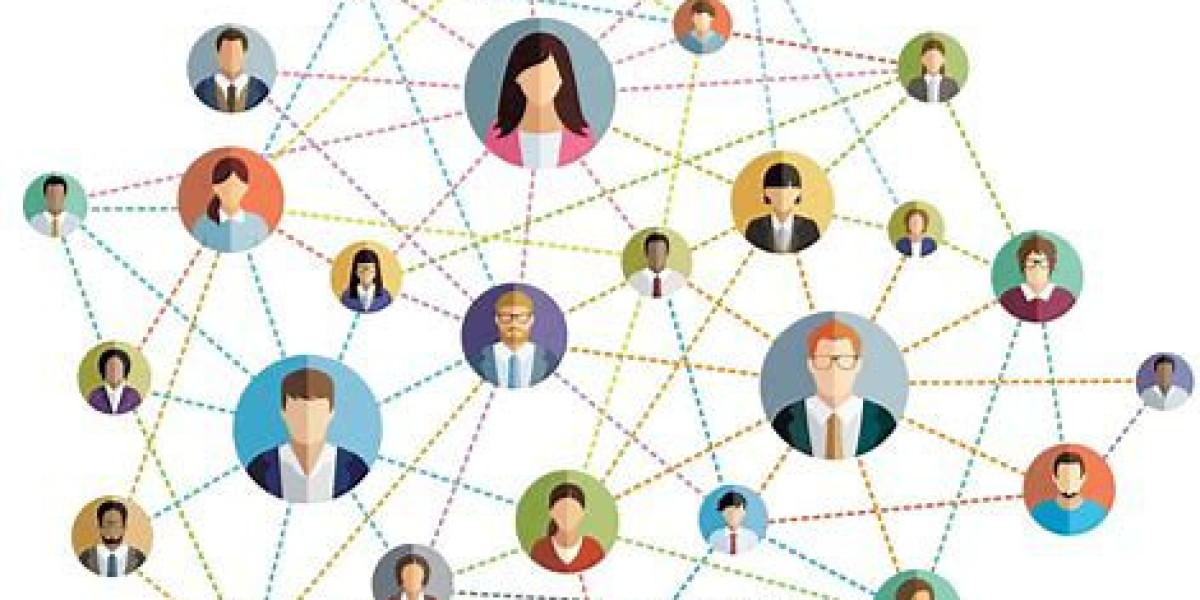Dubai is known for its innovation, rapid development, and dedication to preserving its cultural heritage. As part of this mission, museums across the city are exploring new ways to safeguard artifacts, restore historic items, and engage the public.
One of the most promising methods is the use of 3D printing technology. Increasingly, Dubai’s museums are working closely with 3D printing studios to support heritage conservation. These collaborations combine traditional curatorial expertise with advanced manufacturing techniques to protect the city’s past for future generations.
Why Museums in Dubai Are Turning to 3D Printing
Dubai’s museums face a unique challenge. On one hand, they must preserve delicate historical artifacts. On the other, they are tasked with making heritage accessible to a growing population of international visitors. 3D printing Dubai provides a solution to both problems. It allows museums to reproduce fragile or damaged artifacts, share models in exhibitions, and develop interactive educational tools.
Replicas made using 3D printing can be handled by students and researchers without harming the originals. These models also make it easier to create traveling exhibits that showcase Emirati culture without risking the actual artifacts. In a city that embraces cutting-edge technology, this method aligns with Dubai’s vision of blending the future with the past.
Key Collaborations Between Museums and 3D Printing Studios
Several major museums in Dubai are working directly with local and international 3D printing studios. These partnerships range from short-term projects to long-term collaborations focused on conservation, restoration, and education.
The Etihad Museum, known for documenting the unification of the UAE, has partnered with local 3D designers to recreate lost or deteriorated items related to the founding period. Using historical photographs and existing objects, these teams have produced accurate models that fill gaps in the collection. For instance, early versions of government documents and old recording devices have been recreated to help tell the story of the country's early leadership.
Preserving Fragile and Endangered Objects
Many artifacts in Dubai’s museums are vulnerable to decay. Heat, humidity, and time can wear down old materials like wood, paper, cloth, and clay. Conservation teams now use 3D scanning and printing to document and replicate these items before they deteriorate further.
For example, the Dubai Museum in Al Fahidi Fort has collaborated with 3D printing specialists to replicate fragile pottery pieces and weapons from archaeological sites. These digital and printed versions allow researchers to study the items more closely. In some cases, 3D printing also helps restore broken artifacts by printing the missing sections. These parts are added using reversible adhesives to ensure the original remains untouched.
Sharing Culture Through Digital and Printed Models
Collaboration between Dubai museums and 3D printing studios also supports cultural sharing. Museums can now create digital archives of their collections. These files can be sent to other institutions, universities, or even schools. The items can be printed on location and used in exhibitions or lessons.
For example, Dubai museums have partnered with international institutions to create 3D printed replicas of Emirati jewelry, tools, and architectural details. These items are now part of rotating exhibits that help introduce Emirati culture to audiences across Europe, Asia, and North America.
Encouraging Innovation in Conservation Practices
Dubai’s 3D printing studios are not only responding to museum needs. They are also pushing innovation in materials and methods. Some studios now offer printing in materials that mimic the weight and texture of original artifacts. Others are experimenting with eco-friendly printing to align with Dubai’s sustainability goals.
By working closely with museum conservation teams, these studios help create custom solutions. For example, when a museum needed to restore a 19th-century boat used in pearl diving, a 3D studio designed a replica of the missing wooden ribs using biodegradable materials. This allowed the original structure to remain intact while improving visual presentation.
Challenges and Solutions in These Collaborations
While the results are promising, these partnerships do come with challenges. Ensuring historical accuracy in 3D models requires careful research. Misinterpretations can lead to inaccurate replicas that mislead rather than inform. Museums and studios must work together to verify dimensions, shapes, and textures.
Another challenge is the cost of high-resolution scanning and printing. Advanced equipment and skilled technicians are required. To manage these expenses, some museums in Dubai have launched shared resource initiatives. These programs allow multiple institutions to access printing facilities and training provided by partner studios.
The Future of Museum and 3D Printing Studio Collaboration
As more museums in Dubai explore the potential of 3D technology, new collaborations are expected to emerge. This may include mobile printing stations for heritage outreach in remote areas. It could also involve creating immersive exhibits where visitors can assemble models of heritage buildings using printed parts.
Dubai is also well-positioned to lead regional efforts in digital heritage preservation. Its museums and studios may soon work with other Gulf countries to protect shared Islamic and Arab heritage using 3D printing. This can promote unity and innovation across the region.
Conclusion
Collaboration between Dubai’s museums and 3D printing studios is reshaping the future of cultural conservation. Together, they are protecting fragile artifacts, restoring damaged pieces, and creating powerful educational tools. These partnerships bridge tradition and technology.
They help ensure that Dubai’s rich history remains visible and meaningful for generations to come. As both fields evolve, the possibilities for creative, ethical, and sustainable heritage preservation in Dubai will only continue to grow.
